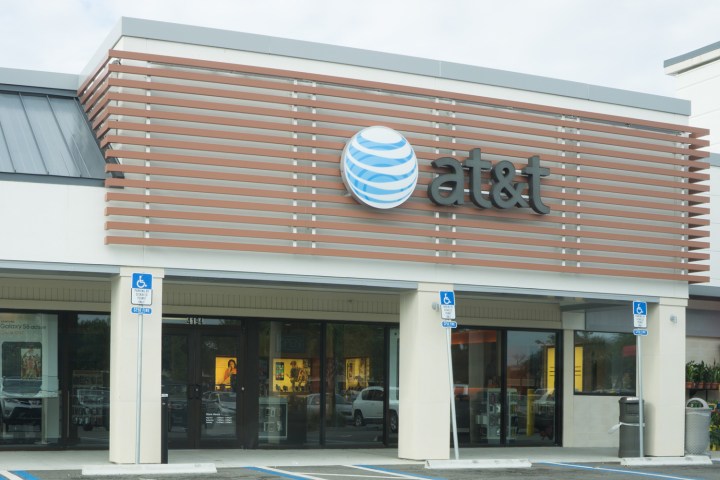
AT&T Call Protect, which can be activated for free on AT&T postpaid plans that have support for HD Voice, automatically blocks calls from numbers flagged as “fraudulent.” Customers can manually specific block numbers for a period of 30 days, and when spam calls do get through, recipients are notified with an in-call popup from which they can accept or deny the call.
“Nuisance calls are an industrywide problem that unfortunately affect many people,” Jeff Bradley, AT&T’s senior vice president of device and network services marketing, said in a press release. “We’ve listened to our customers and know they want a network that provides tools to proactively assist in blocking nuisance calls. AT&T Call Protect, along with others, will help put customers more in control of the calls they receive.”
The feature is fairly easy to enable. If you have an eligible line with AT&T, you’ll see AT&T Call Protect in your myAT&T dashboard. From the web and a companion smartphone application, you can switch off call blocking, enable temporary blocking, or allow designated numbers to ring through.
AT&T Call Protect won’t necessarily work in all scenarios, the carrier warns. Customers will only receive a warning message if they’re in an HD Voice coverage area. Temporary call blocking only works with the AT&T Call Protect app installed and enabled. And unknown numbers can’t be manually blocked.
But it’s a meaningful step at a time when carriers, phone manufacturers, and government agencies work to combat an increasing number of fraud and spam calls. The Federal Trade Commission received more than 3 million complaints about telemarketers, more than triple the number in 2009. And they have tangible economic effects: According to the Federal Trade Commission, robocalls cost consumers $350 million annually.
In response, the federal government has imposed more than $1.2 billion in fines on telemarketers. The Federal Communications Commission authorized telecommunications companies to block fraud and spam calls last year, and in 2013 hosted a contest to encourage private industry to come up with ways to stop robocalls. And Congress has introduced legislation demanding that telephone companies offer their customers free and easy access to robocall-blocking technology (the Repeated Objectionable Bothering of Consumer on Phones Act, or the RoboCop Act).
Telecoms have started to do their part, too. Time Warner Cable makes it easy for its customers to sign up for Nomorobo, a service which works on internet-based phone lines to block robocalls. In September, Sprint expanded a partnership with Cequint to develop “enhanced caller ID solutions” that that would be used to prevent spam calls from reaching customers. And in August, the four major carriers in the United States joined forces with Apple, Comcast, Ericsson, Google, Microsoft, Nokia, Qualcomm, Samsung, and others joined forces to establish a “robocall strike force.”
Editors' Recommendations
- OnePlus 7T vs. iPhone 11: Which one will capture your next paycheck?
- OnePlus 8T vs. iPhone 12: Can OnePlus’ latest kill Apple’s flagship?
- People are buying 5G phones when they don’t even have 5G
- Cell phone carriers now have the power to stop robocalls. When will they use it?
- Ignore the scaremongers. 5G won’t interfere with weather satellites. Here’s why

